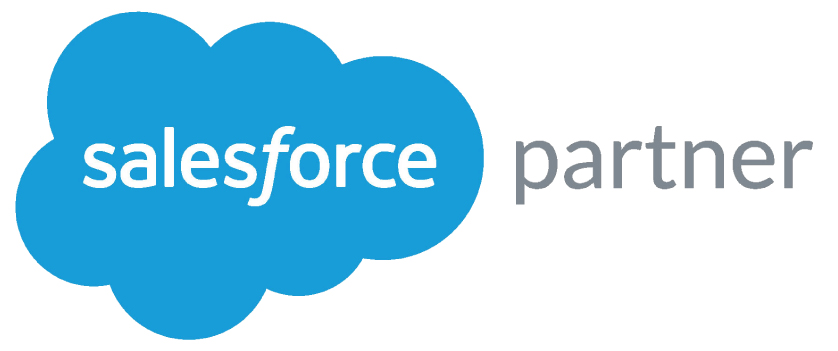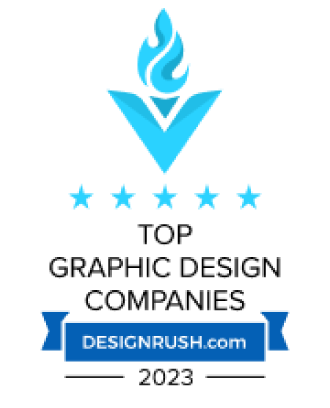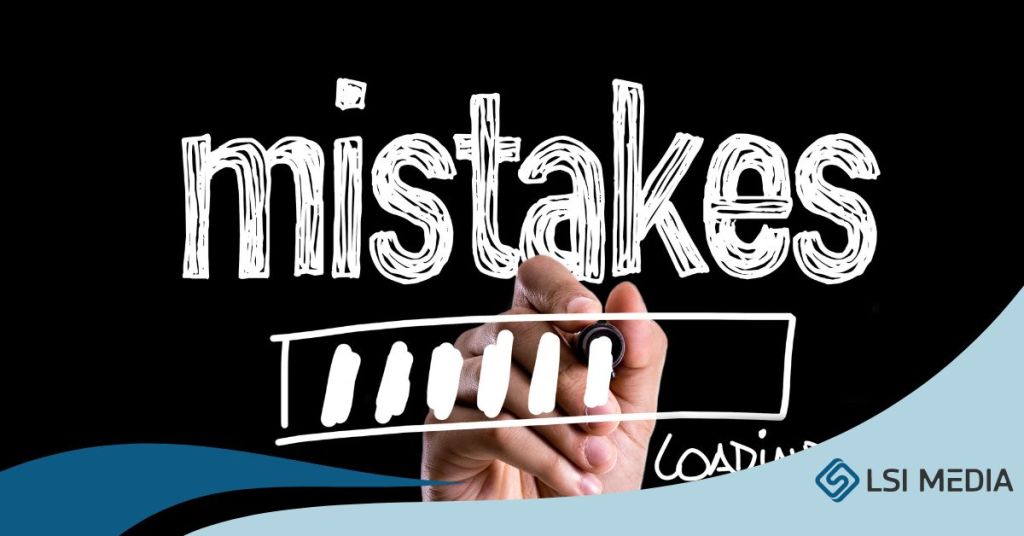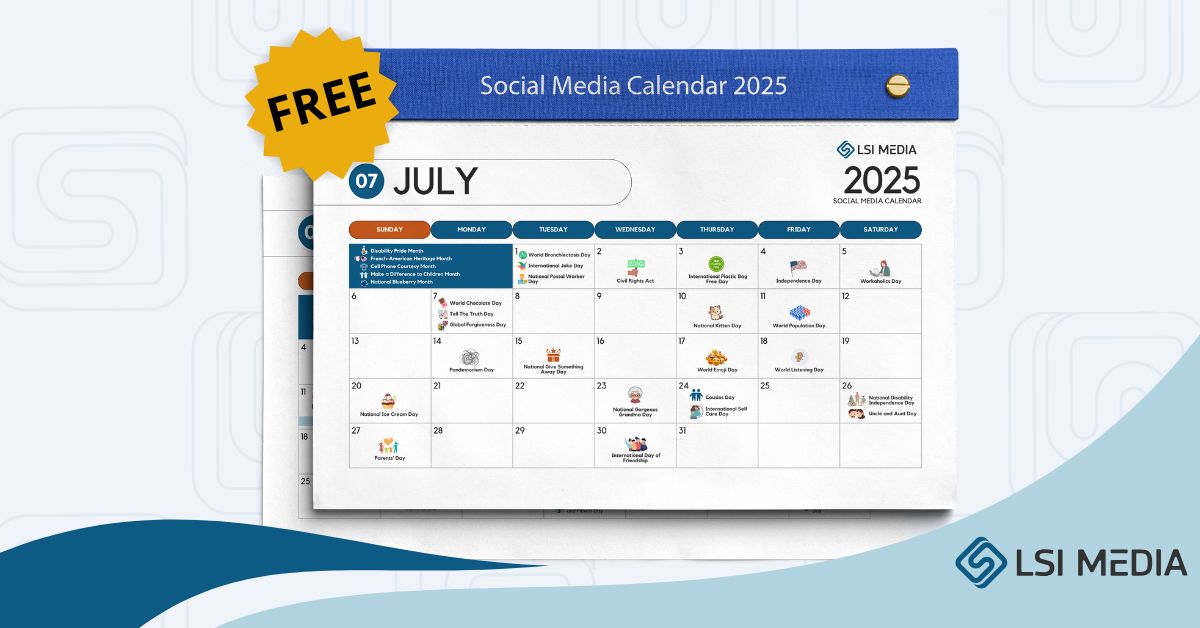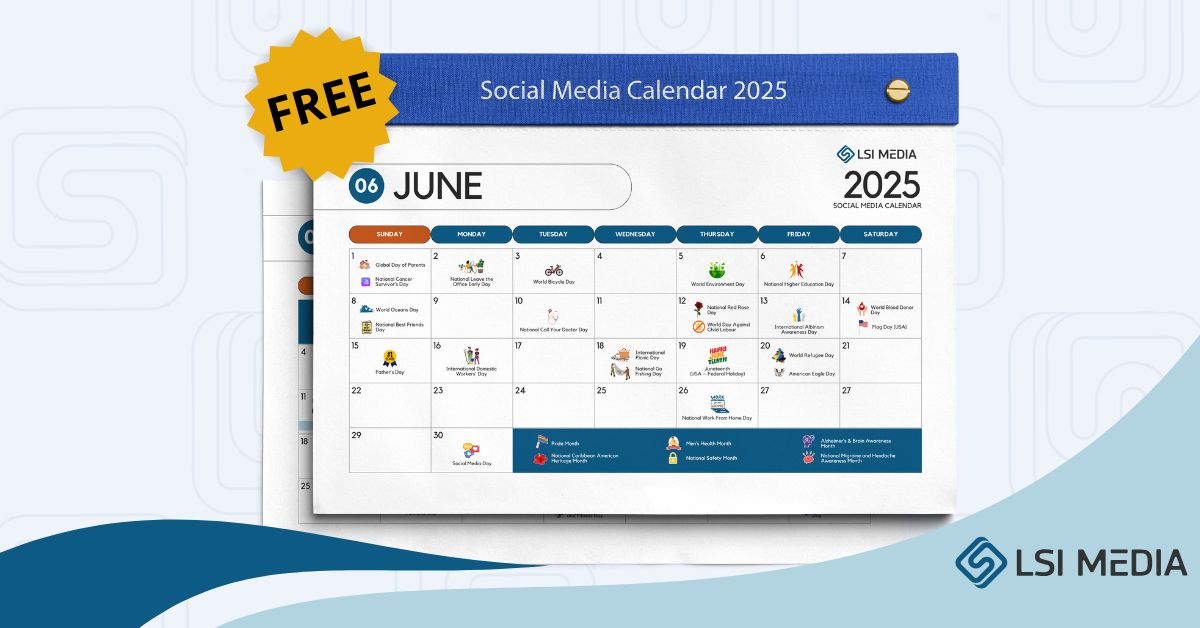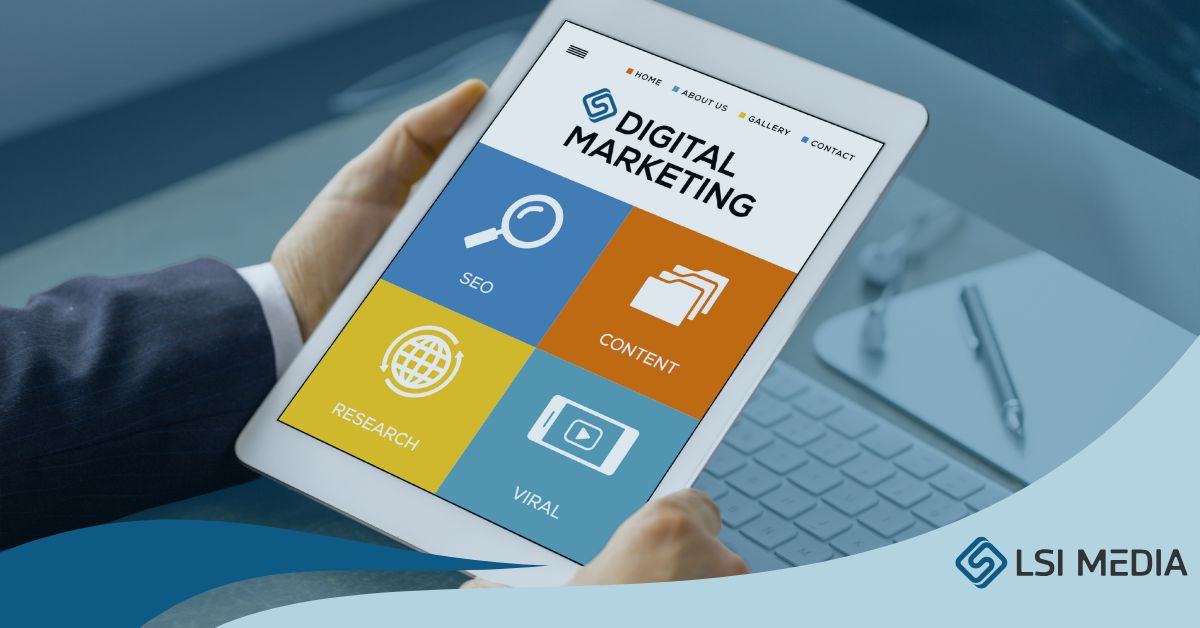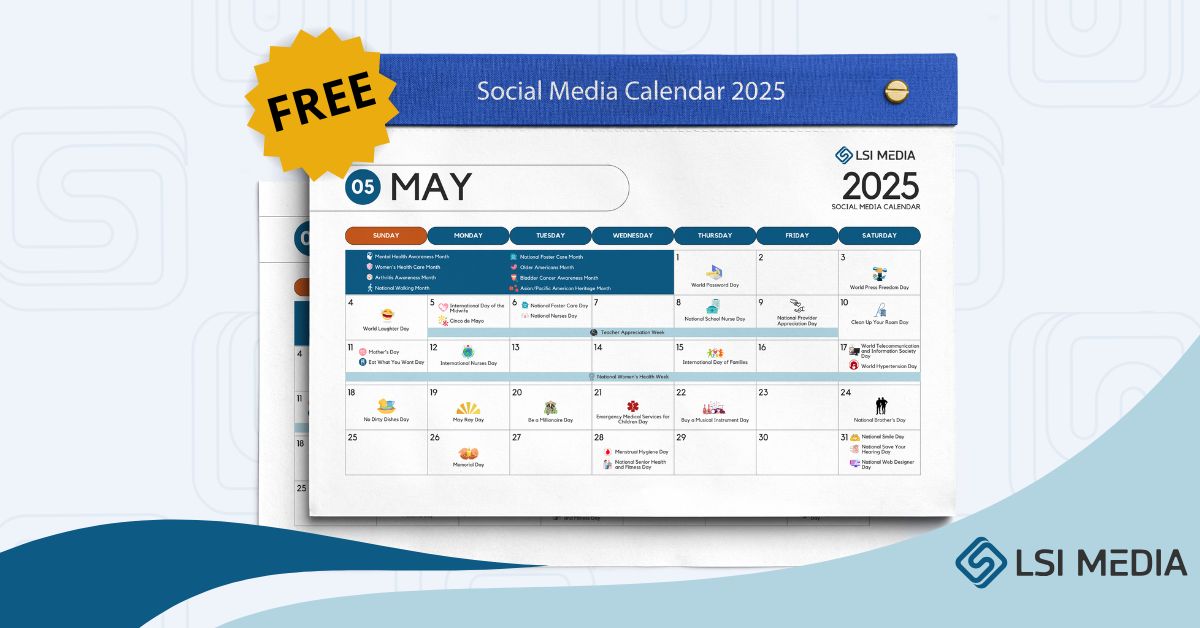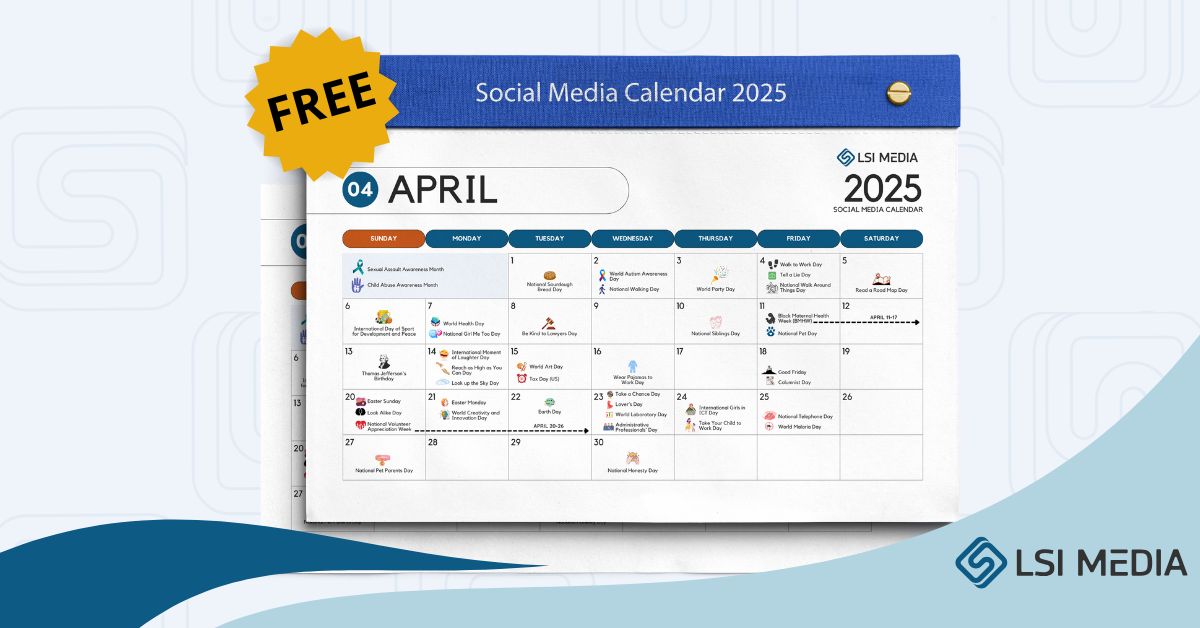[ez-toc]
We continue to be impressed with Pinterest’s new analytics dashboard is rapidly maturity into a strong and compelling marketing platform.
Pinterest has a new strategy for getting brands on its service: Show, don’t tell. The online inspiration and discovery company unveiled a new, free analytics dashboard for businesses on Tuesday, providing potential advertisers with a glimpse of their mobile and audience analytics for the first time. Pinterest* previously offered a bare-bones dashboard with Web-only information on traffic back to a business’s webpage. Still, it didn’t show traffic numbers from mobile users or any demographic information about the audience each business was attracting.
Businesses could pay third-party analytics companies like Spredfast or Salesforce for some of this info, and Pinterest opened its firehose of information to a few analytics companies in May. Still, the new dashboard offers some data those analytics providers don’t, including numbers related to the “Pin it” widget that companies can embed on their websites.
Now brands can see which pins or boards are performing the best or break down their followers by country, language, and even gender. Businesses can also see which interest categories are most popular with their followers. For example, a brand might notice a large segment of its followers is into a specific sport or style of clothing. The goal of Pinterest is to help brands better understand its service and, ultimately, understand who sees its content. If brands believe they can reach their customers on Pinterest, they may open their wallets once Pinterest ads are more widely available. (The company is currently testing promoted pins.)
According to Jason Costa, Pinterest currently has “several hundred thousand” businesses using the service, a product manager on Pinterest’s ads team. That’s a lot of potential paying customers. Some brands are already using Pinterest data to advertise — they’re just doing it offline. Companies like Target and Nordstrom are taking their most popular pins, for example, and advertising those products in-store with “as seen on Pinterest”-style signage. These are the types of things Costa believes more businesses will do with access to advanced analytics. And, of course, paying to promote a popular pin on Pinterest isn’t a bad idea either.
In Conclusion
Pinterest has recently introduced a new Analytics Dashboard to attract potential advertisers. This initiative aims to provide advertisers with detailed insights into their campaign performance and audience engagement on the platform. The Analytics Dashboard offers various metrics and data visualizations, allowing advertisers to make data-driven decisions and optimize their campaigns accordingly. By offering such comprehensive analytics tools, Pinterest is positioning itself as a viable advertising platform, enticing future advertisers with the promise of informed decision-making, improved targeting, and ultimately, higher return on investment.
FAQs:
1. What is Pinterest’s new analytics dashboard?
Pinterest’s new analytics dashboard is a tool that provides advertisers with detailed insights into the performance of their ads and campaigns on the platform. It offers metrics such as impressions, CTR (click-through rate), engagement rate, and more, allowing advertisers to track the effectiveness of their ads and make data-driven decisions for future campaigns.
2. How can advertisers benefit from Pinterest’s new analytics dashboard?
Advertisers can benefit from Pinterest’s new analytics dashboard in several ways. Firstly, it allows them to measure the impact of their advertising efforts and understand how their ads are resonating with Pinterest users. This information can help them optimize their campaigns to achieve better results and maximize their return on investment. Additionally, advertisers can gain insights into their audience demographics, interests, and behaviors, which can be used to refine their targeting strategies and create more relevant and engaging content.
3. What data and metrics are available in the new analytics dashboard?
The new analytics dashboard provides advertisers with a range of data and metrics to assess the performance of their ads. These include:
- Impressions: The number of times an ad was viewed by Pinterest users.
- Clicks: The number of times users clicked on an ad to visit the advertiser’s website or landing page.
- CTR (Click-Through-Rate): The percentage of ad impressions that resulted in clicks.
- Engagement Rate: The ratio of engagements (e.g., saves, close-ups, link clicks) to impressions.
- Conversions: The number of desired actions completed on the advertiser’s website, such as purchases or sign-ups.
- Top Pins: The most popular and engaging pins in an advertiser’s campaigns.
4. How can advertisers access Pinterest’s new analytics dashboard?
To access the new analytics dashboard, advertisers need to have a Pinterest business account. Once logged in, they can navigate to the Analytics section, where they will find detailed information and reports about their ads’ performance.
5. Can advertisers compare the performance of different campaigns using the analytics dashboard?
Yes, advertisers can compare the performance of different campaigns using the analytics dashboard. They can analyze the metrics and data for each campaign separately, allowing them to identify strengths, weaknesses, and trends across their advertising efforts.
Source: recode.net

